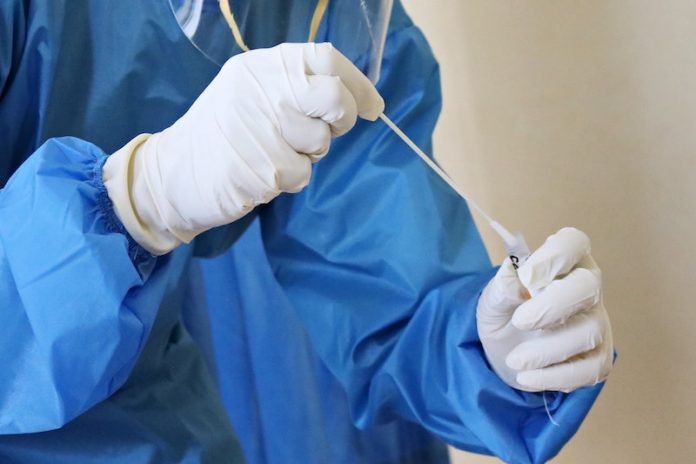
In a new study from Imperial College London, researchers found a set of 7 symptoms, considered together, can be used to maximize detection of COVID-19 in the community.
The symptoms include loss or change of smell, loss or change of taste, fever, new persistent cough, chills, appetite loss, and muscle aches.
The rapid detection of SARS-CoV-2 infection in the community is key to ensuring efficient control of the transmission.
When testing capacity is limited, it is important to use tests in the most efficient way possible, including using the most informative symptoms for test allocation.
In the study, researchers obtained throat and nose swabs with valid SARS-CoV-2 PCR test results from 1,147,345 volunteers in England aged 5 years and above. Participants were asked about symptoms they experienced in the week prior to testing.
A model was developed based on the data, with 7 symptoms selected as jointly positively predictive of PCR positivity.
The first 4 of those symptoms are currently used in the UK to determine eligibility for community PCR testing.
Modeling suggested that the use of the 7 symptoms identified for PCR test allocation would result in 30% to 40% of symptomatic individuals in England being eligible for a test (versus 10% currently) and, if all those eligible were tested, would result in the detection of 70% to 75% of positive cases.
The team says in order to improve PCR positivity detection rates and consequently improve control of viral transmission via isolation measures, doctors should extend the list of symptoms used for triage to all 7 symptoms.
The study is published in PLOS Medicine. One author of the study is Marc Chadeau-Hyam.
Copyright © 2021 Knowridge Science Report. All rights reserved.



